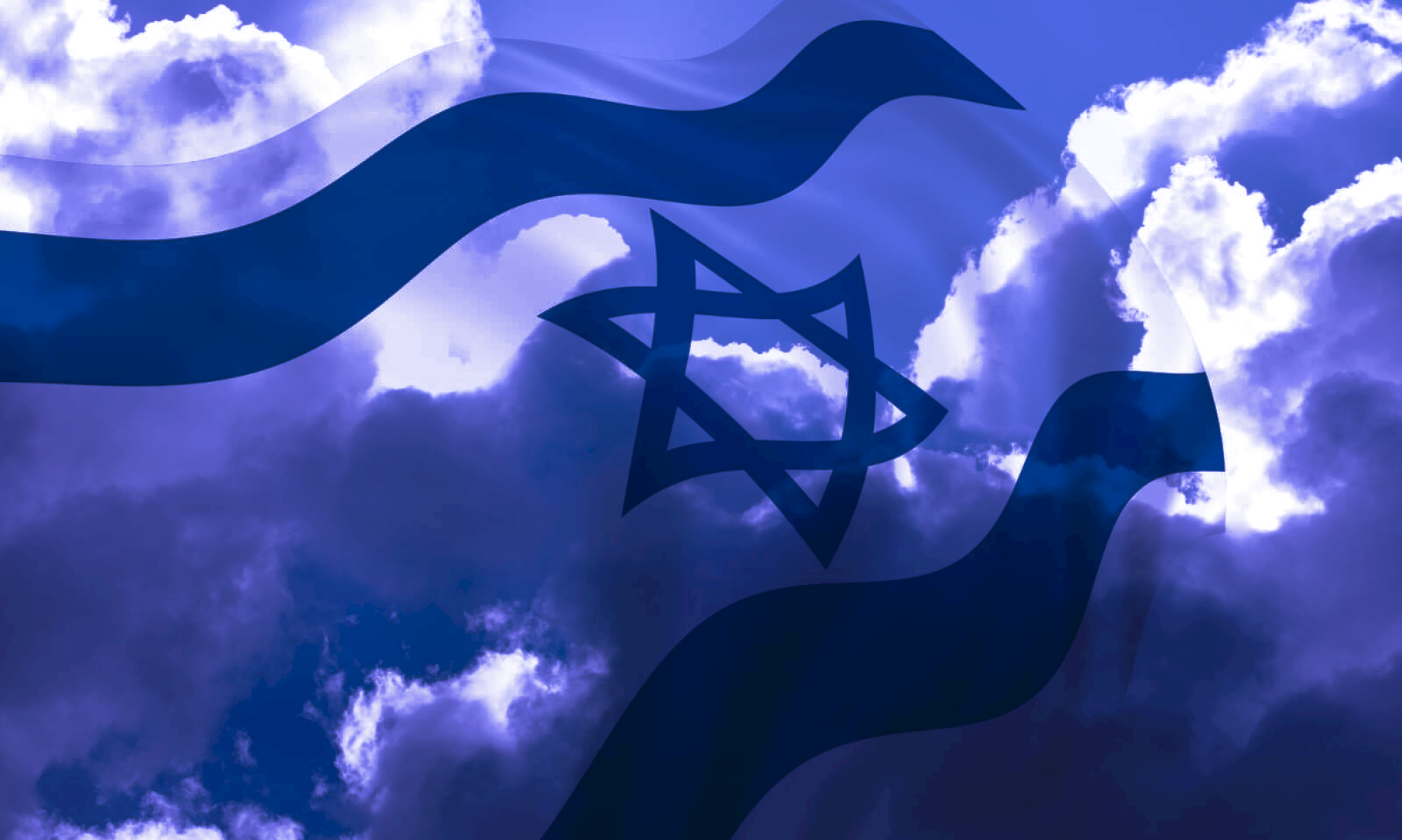
Below, I detail the recent conflicts mentioned, based on available information, including postings on X and web sources, to provide a clearer picture of the internal tensions in Gaza involving Hamas, local clans, residents, and the alleged militia led by Yasser Abu Shabab
The information is organized into three main sections, as requested, focusing on the conflict with the Barbah clan, disputes over humanitarian aid, and the emergence of the new militia.
I include reliable sources where possible, but note that some information, especially from postings on X, is inconclusive and lacks official confirmation.
The analysis also considers the context of the humanitarian crisis and the Hamas crackdown, which are intensifying these tensions.
1. Clash with the Barbah clan in Khan Yunis (June 2025)
Details of the conflict:#Y#
Posts on X report that in June 2025, violent clashes broke out in Khan Yunis, in the southern Gaza Strip, between Hamas and the Barbah clan, an influential family in the region.
The conflict was sparked by an incident in which members of the Arrow (Sahm) Unit, a Hamas special force created in November 2024 to suppress dissent and maintain internal control, shot the son of the mukhtar (community leader) of the Barbah clan in the Mawasi area.
In retaliation, members of the clan attacked Hamas operatives at Nasser Hospital, one of Gaza’s main medical centers.
These clashes indicate an escalation of tensions between Hamas and local clans, which traditionally have significant influence in Gaza due to family ties and community networks.
Context and possible motivations: #Y#
Hamas crackdown: The Arrow Unit was created to contain internal dissent and reinforce Hamas’ control in Gaza, especially after the loss of key leaders such as Yahya Sinwar and Mohammed Deif in 2024. The crackdown on dissent, including clans that challenge Hamas’ authority, may have sparked the clash with the Barbah clan.
The attack on the mukhtar’s son suggests a direct attack on a local figure of influence, possibly to intimidate the clan or neutralize its resistance.
Control of resources: Clans in Gaza often fight over control of scarce resources, such as humanitarian aid, especially amid the current crisis, with 95 percent of the population lacking access to clean water and widespread hunger, according to the UN.
The Barbah clan may be resisting Hamas’ seizure of supplies, which would explain the escalation of the conflict.
Local impact: The attack on Nasser Hospital, a critical location for the population amid the destruction of 69% of Gaza’s infrastructure, suggests that these internal conflicts are affecting civilian areas, exacerbating insecurity and chaos.
Posts on X: Users such as @LeoKasura#Y# and @jjobrasil#Y# reported the incident, highlighting the Arrow Unit and the attack on the Barbah clan.
However, this information has not been verified by independent journalistic sources, which limits its reliability.
There is no direct mention of the Barbah clan in available web sources, but reports of tensions between Hamas and local groups corroborate the context of internal conflicts.
Note: The lack of detailed coverage in reliable sources suggests that the incident may be localized or exaggerated on social media.
Hamas’ control over the media in Gaza and restrictions on access to the area make it difficult to obtain verified information.
People of Gaza, Gazan Workers
? Socialist Federation of the Middle East (@VarsenikaKaspar) June 26, 2025
The Invader tries to end you
But you have fought back securing by yourselves the aid trucks
That s a start! A Step up towards a full Grass Root Poor and Workers Organization
No Hamas No Gangs No Profiteers
Workers Unity? pic.twitter.com/ANzrGICX7y
2. Disputes over humanitarian aid
Details of tensions:#Y#
There are reports of growing resistance from Gazans against Hamas over the group’s appropriation of humanitarian aid.
Posts on X mention conflicts between “armed gangs” and Hamas over control of supplies, reflecting public dissatisfaction with Hamas’s handling of the humanitarian crisis.
One specific example is Israel’s suspension of humanitarian aid in June 2025 following allegations that Hamas was confiscating supplies.
Images of masked men on aid trucks have circulated, but local clans have claimed that these individuals were protecting the supplies, not stealing them.
Background and key factors: #Y#
Humanitarian crisis: The war in Gaza, which began on October 7, 2023, has resulted in more than 56,000 Palestinian deaths and 131,000 injuries as of May 2025, with massive destruction of infrastructure.
Hunger affects almost 100% of the population, and 95% do not have access to clean water, according to the UN.
In this scenario, humanitarian aid is a vital resource, but its distribution has been problematic.
Hamas appropriation: Hamas has been accused of diverting aid for military purposes or to benefit its members, which has led to resentment among the population.
A UN report confirmed that in November 2024, 98 of 109 UN aid trucks were looted in Israeli-controlled areas, with clans such as the Abu Shabab being blamed, but Hamas also being singled out as a major culprit.
Popular resistance: Dissatisfaction with Hamas is compounded by the group’s crackdown on critics and the economic crisis, with half the population unemployed and two-thirds living below the poverty line.
Posts on X suggest that residents are beginning to “take action on their own” against Hamas, indicating a possible escalation of internal conflicts.
Posts on X: One user (@LeoKasura#Y#) reported that “Palestinians are fed up with the fake ‘international aid'” and are taking action against Hamas.
Another Reuters post mentioned Israel’s suspension of aid and local clans’ denial that Hamas is stealing supplies.
Web: Avvenire reports confirm that more than half of Gaza’s humanitarian aid has been looted, with clans in the southern Strip, sometimes allied with Hamas, being blamed.
The UN has also reported the suspension of aid deliveries through the Kerem Shalom crossing due to looting.
Note: The allegations of aid looting are controversial, with Hamas and local clans denying direct involvement.
The humanitarian crisis amplifies these tensions, but the lack of transparency and manipulation of narratives by all sides make accurate analysis difficult.
3. Emergence of a new militia: Yasser Abu Shabab
Details of the militia:#Y#
A new militia, called the “Popular Forces” or “Anti-Terror Service,” led by Yasser Abu Shabab, a Palestinian Bedouin aged about 34, has emerged in Gaza, particularly in the southern Rafah area.
The militia, made up of 100 to 400 fighters, many from the Tarabin tribe, opposes Hamas and is accused of looting humanitarian aid, although Abu Shabab claims to be protecting the supplies for distribution to local families.
Reports confirm that Israel is supplying weapons, including Kalashnikov rifles captured from Hamas, to the militia, with the aim of creating a local force to rival Hamas.
Prime Minister Benjamin Netanyahu admitted on June 6, 2025, that Israel had “activated clans in Gaza” to save the lives of Israeli soldiers, confirming its support for the Abu Shabab militia.
This has nothing to do with Hamas, it’s the people of Gaza who are organising & protecting it.
? Hamzé Attar (@hamzattar) June 26, 2025
Gazans secured the aid by themselves to the WFP warehouse in Gaza, & now aid is distributed in dignity without the need to risk your life, or be attacked by Israel-enabled gangs. https://t.co/4ayCc9VBxo
Clashes with Hamas:
History of confrontations: Abu Shabab’s clan has fought Hamas in deadly clashes.
In November 2024, Hamas forces attacked the militia’s stronghold of Khan Yunis, killing 20 people, including Abu Shabab’s brother.
Hamas accused Abu Shabab of being an “Israeli spy” and attempted to assassinate him again in May 2025, according to a video released by the group.
Aid control: Abu Shabab gained notoriety by taking control of humanitarian aid routes, such as the Kerem Shalom crossing, claiming to be protecting UN and Red Cross convoys.
However, he has been accused of looting and reselling supplies on the black market, which he denies, saying he distributes the aid to starving families.
An internal UN memo named Abu Shabab as responsible for the “systematic looting” of aid.
Israeli support: Israel’s support for the militia reflects a strategy to weaken Hamas, similar to the tactic used by Israel in the 1970s and 1980s, when it allowed the rise of Hamas to counterbalance the PLO.
However, analysts, such as Michael Milstein, former head of Palestinian affairs for Israeli military intelligence, believe that Abu Shabab’s militia lacks local legitimacy and will likely be “crushed” by Hamas.
Criticism and challenges:
Abu Shabab’s family and the Tarabin tribe have distanced themselves from him, condemning his actions and accusing him of collaborating with Israel against Palestinian interests.
Hamas has denounced Israel for arming “criminal gangs” to promote chaos and famine in Gaza, citing its support for the Abu Shabab militia.
The militia operates in a limited area of “”Rafah, under Israeli military control, and has failed to expand its influence, which limits its impact.
Web: Articles from O Globo, Exame, Observador, Opera Mundi, Estadão, Público, Portal Tela and Monitor do Oriente confirm the existence of the Abu Shabab militia, its Israeli support and the clashes with Hamas.
Posts on X: There is no direct mention of Abu Shabab in the posts provided, but reports of internal conflicts and resistance to Hamas corroborate the context.
Note: Although the Abu Shabab militia is real and supported by Israel, its relevance and legitimacy are questioned.
Accusations of looting and collaboration with Israel make it unpopular among many Palestinians, and its ability to challenge Hamas is uncertain, given the group’s tight control in Gaza.
Die UN drängt auf mehr humanitäre Hilfe für Gaza, aber sobald die Transporte eintreffen, werden sie von bewaffneten Hamas Gangs entführt und zu überhöhten Preisen auf dem Schwarzmarkt verhökert… https://t.co/vDwSBiNkv7
? Economista conservador “””””””? (@dieter_a) June 26, 2025
General context and analysis
The conflicts described reflect a moment of fragility in Hamas’ control of Gaza, aggravated by: #Y#
Humanitarian crisis: The destruction caused by the war, with more than 56,000 dead and 131,000 injured by May 2025, and widespread hunger are increasing popular discontent and creating space for tensions with clans and residents.
Weakening of Hamas: The deaths of leaders such as Yahya Sinwar, Mohammed Deif and Mohammed Sinwar in 2024 and 2025 have weakened the group’s command structure, possibly encouraging the emergence of opponents such as Abu Shabab.
Israeli strategy: Supporting militias such as Abu Shabab’s repeats historical tactics by Israel, which has used internal groups to weaken Palestinian rivals, such as Hamas against the PLO in past decades.
However, analysts warn that this strategy could backfire, creating more instability.
Limitations:
Information about the Barbah clan and the specific clashes in Khan Yunis comes exclusively from posts on X, which are not verified by reliable sources.
The Abu Shabab militia is well documented, but its activities and impact remain limited and controversial.
The humanitarian crisis and the Hamas crackdown are widely confirmed, but details about internal conflicts require further investigation due to the lack of journalistic access to Gaza and Hamas’ control of information.
Recommendation: To follow these events, it is essential to consult reliable sources such as BBC News Brasil, Agência Brasil or UN reports, in addition to monitoring official statements from Israel or Hamas.
New information may emerge as the situation evolves.
Published in 06/26/2025 21h05
Text adapted by AI (Grok) and translated via Google API in the English version. Images from public image libraries or credits in the caption.
Reference article:
| Geoprocessing Drone Systems HPC |

| ERP and CRM Systems Mobile Systems AI |


